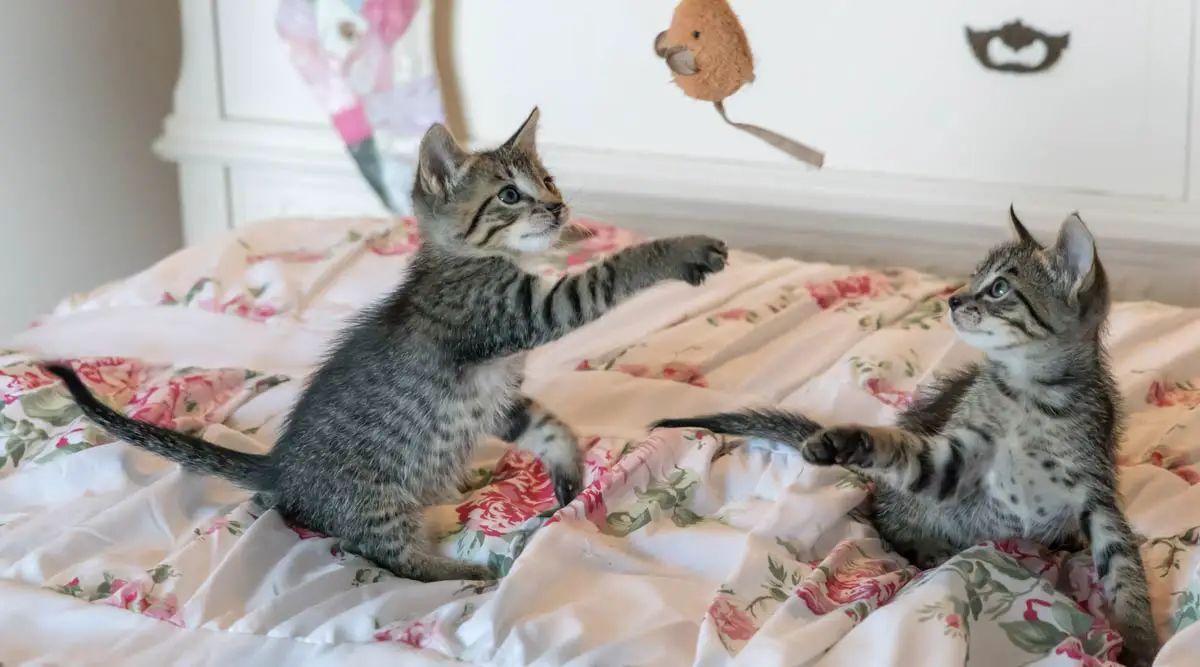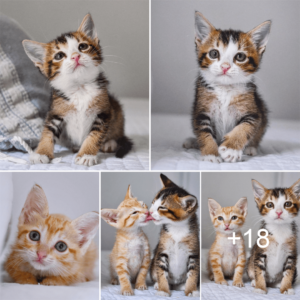
Cats are fascinating creatures with unique behaviors that can sometimes leave their owners puzzled.
Understanding their behavior is key to maintaining a healthy and harmonious relationship.
In this article, we will explore 10 common cat behaviors, their possible causes, and effective solutions to address them.
Whether you’re a seasoned cat owner or a new enthusiast, this guide will help you decode the mysteries behind your feline friend’s actions.

1. Scratching Furniture
Cat behaviorCausesTipsCats have a natural instinct to scratch, which helps them maintain healthy claws and mark their territory.– Boredom– Lack of appropriate scratching posts– The need for territorial marking– Provide suitable scratching posts or boards– Use deterrents on furniture– Engage in interactive playtime to alleviate boredom.Scratching Furniture
2. Excessive Meowing
Cat behaviorCausesTipsCats communicate through meowing, but excessive vocalization can be bothersome.– Hunger– Boredom– Stress– Seeking attention– Ensure regular feeding– Create a stimulating environment, address underlying stressors– Provide attention when appropriate– In some cases, consulting with a veterinarian or animal behaviorist may be necessary.Excessive Meowing
3. Aggression
Cat behaviorCausesTipsCats may exhibit aggression towards humans, other animals, or objects.– Fear– Pain– territorial disputes– Improper socialization.– Identify triggers and eliminate stressors– Provide a safe space– Consult a veterinarian if pain-related– Implement positive reinforcement techniques.Aggression
4. Litter Box Problems
Cat behaviorCausesTipsCats may refuse to use the litter box, opting for alternative areas.– Dirty litter box– Litter preference– Medical issues– Stress.– Keep the litter box clean– Try different types of litter– Rule out medical problems– Create a calm environment– Use positive reinforcement for appropriate use.Litter Box Problems
Related:
Following 5 Steps for Training Your Cat or Kitten to Use the Litter Box
5. Nighttime Activity
Cat behaviorCausesTipsCats tend to be more active during the night, causing disturbances.– Natural hunting instincts– Lack of stimulation during the day– Reversed sleep patterns.– Provide interactive toys– Playtime before bedtime– Establish a routine, and create a quiet sleeping area.Nighttime Activity
Related:
Top 10 Best Cat Beds: A Comprehensive Guide to Choosing The Perfect Bed for Your Cats
Cat Vision: Understanding How Cats See the World

6. Excessive Grooming
Cat behaviorCausesTipsCats groom themselves regularly, but excessive grooming can lead to skin problems.– Stress, anxiety– Allergies, or parasites.– Identify stressors and reduce anxiety– Provide a balanced diet– Treat underlying medical conditions– Seek veterinary advice if necessary.Excessive Grooming
Related:
Cat Diseases: Ringworm in Cats (Signs, Treatment & Prevention)
Cat Diseases: Mange in Cats (Causes, Treatment & Prevention)
7. Counter Surfing
Cat behaviorCausesTipsCats may jump on countertops or tables, seeking food or exploration.– Curiosity– Availability of food– Learned behavior.– Remove temptations– Secure food sources, redirect attention to appropriate areas– Reward desirable behavior.Counter Surfing
8. Pouncing and Play aggression
Cat behaviorCausesTipsCats may engage in playful attacks, which can sometimes become aggressive.– Excess energy– Lack of appropriate toys– Poor socialization.– Provide interactive toys– Engage in regular play sessions– Redirect aggression to toys, and discourage rough play.Pouncing and Play aggression
9. Hiding
Cat behaviorCausesTipsCats may seek hiding spots and avoid social interaction.– Fear– Stress– Need for a secure and quiet space.– Provide hiding spots– Create a calm environment– Gradually introduce socialization.Hiding
10. Furniture Climbing
Cat behaviorCausesTipsCats may seek hiding spots and avoid social interaction.– Exploration– Exercise– Seeking a high vantage point.– Provide vertical spaces like cat trees– Offer alternative climbing surfaces– Redirect to appropriate areas, and discourage unwanted behavior.Furniture Climbing

Conclusion
Understanding your cat’s behavior can help strengthen the bond between you and your pet while also addressing any potential issues.
By providing your cat with a comfortable and enriched environment and addressing any medical or behavioral issues, you can ensure a happy and healthy life for your feline friend.





